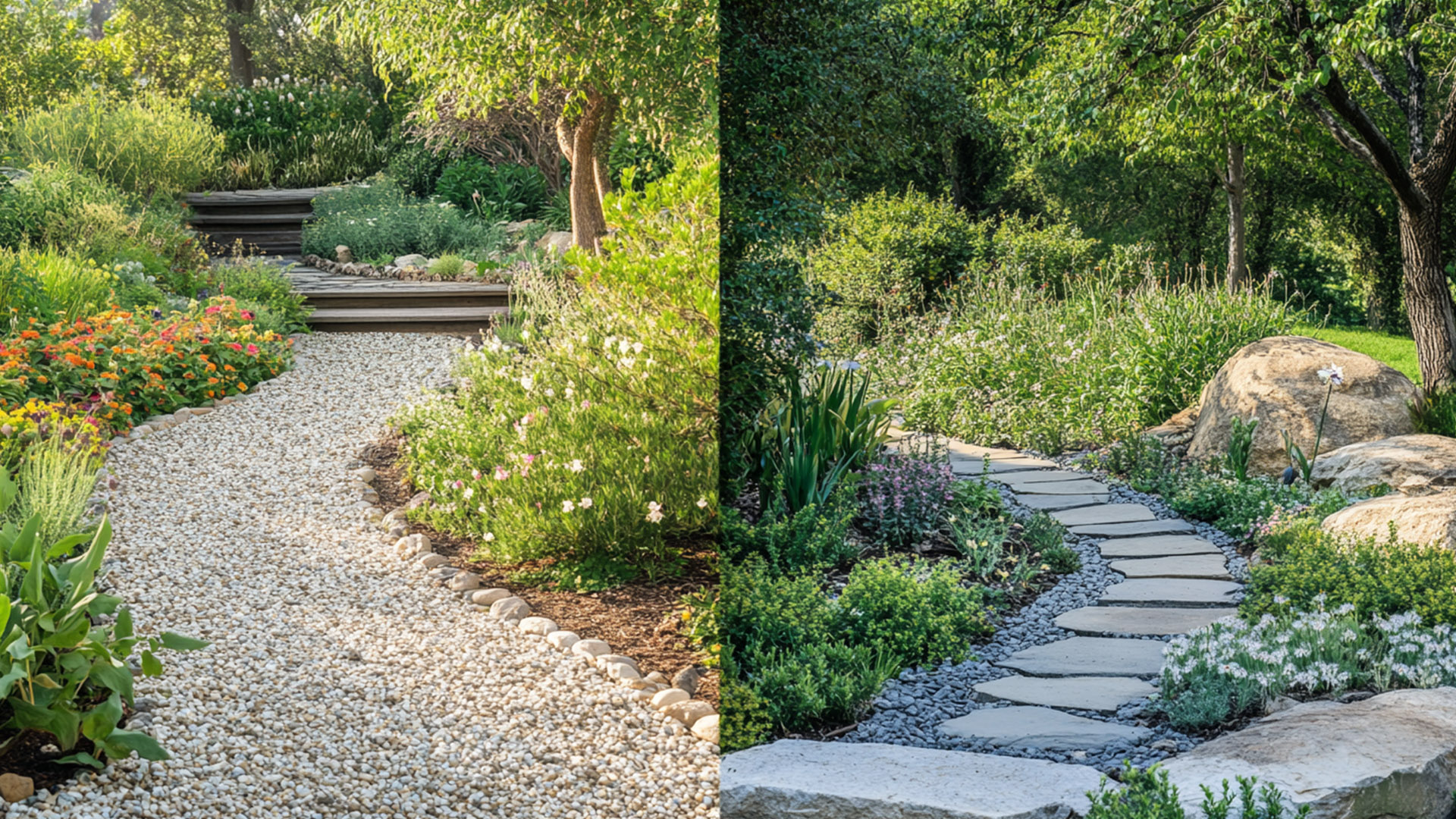Are you looking to create a beautiful, sustainable garden that’s easy to maintain? Native plants might just be your best friends! These remarkable plants, which naturally thrive in your region, not only enhance your garden's beauty but also help build a healthier ecosystem right in your backyard. By planting natives, you're providing food and shelter for local wildlife, from vibrant birds and fluttering butterflies to beneficial insects. For instance, milkweed is a must-have for monarch butterflies, and oak trees are a favorite home for countless insects.
One of the best things about native plants is how low-maintenance they are. Because they’re adapted to our local climate and soil, they’re usually more resilient to pests and diseases. That means less hassle for you! They typically require less water, fertilizer, and pruning compared to non-native species—perfect for busy homeowners who want to keep things simple. Plus, many native plants are drought-tolerant, thriving on minimal irrigation once established. By choosing these plants, you’ll not only save water but also contribute to sustainable practices in your community.
Let’s talk about soil health! Native plants often have deep root systems that help prevent erosion and improve soil quality. Their roots work hard to enhance soil structure, promote nutrient cycling, and increase organic matter. This means healthier ecosystems without the need for chemical fertilizers. Adapted to local climate conditions, native plants can handle everything from droughts to heavy rains, allowing you to create a resilient landscape that stands the test of time. And let’s not forget the beauty factor! Native plants offer a stunning variety of colors, shapes, and textures, making your garden a visual delight. From vibrant wildflowers to majestic trees, they can transform your outdoor space into a beautiful oasis that reflects the natural charm of your region. While initial landscaping costs can vary, native plants often save you money in the long run. With their low maintenance and water needs, you’ll spend less on upkeep, pest management, and fertilizers.
How to Incorporate Native Plants into Your Landscape

- Research Local Species: Start by finding out which native plants thrive in your area. Local extension services, gardening clubs, and native plant societies are fantastic resources.
- Plan Your Garden: Think about how different plants will work together. Grouping plants with similar water and sunlight needs can simplify maintenance and create a harmonious look.
- Create Diverse Habitats: Mix grasses, wildflowers, shrubs, and trees to attract a variety of wildlife. This diversity will enrich your garden's ecosystem and make it more vibrant.
- Avoid Invasive Species: Keep an eye out for non-native invasive plants that might crowd out your natives. Focus on cultivating plants that are native to your area for a thriving landscape.
- Educate Others: Share your newfound knowledge about native plants with friends and neighbors. Inspiring others to adopt eco-friendly landscaping practices helps boost local biodiversity!
Choosing native plants for your landscape comes with a treasure trove of benefits, from enhancing biodiversity to lowering maintenance costs. By embracing these eco-friendly options, you can create a stunning garden that supports local wildlife and promotes a healthier environment. Why not start your journey toward a more eco-conscious landscape today? Your garden and the planet will thank you!
At Scape ID, we specialize in designing personalized landscapes that celebrate the beauty of native plants. Contact us today for a consultation, and let us help you create an eco-friendly garden that you’ll enjoy for years to come.
